Networking infrastructure is the backbone of any modern organization, enabling seamless communication, data sharing, and business operations at scale. Within this infrastructure, switches play a pivotal role, facilitating data flow between devices. Among the most common types are enterprise switches and data center switches—both essential yet distinct in their applications and capabilities.
But how do you determine whether your organization needs an enterprise switch or a data center network switch? Understanding their differences is key to creating an efficient, scalable, and high-performing network. In this blog, we'll dive deep into what sets these two types of switches apart, their use cases, and why selecting the right one matters for your business.
What is an Enterprise Switch?
An enterprise switch is designed for smaller-scale networking needs, such as connecting devices within a corporate office, school, or small-to-medium business (SMB). It operates primarily in local area network (LAN) environments, where bandwidth demands are moderate and the network’s scalability is limited.
Key Functions of an Enterprise Switch:
Device Connectivity: Facilitates communication between computers, printers, phones, and other devices within an organization.
Network Management: Controls traffic flow, ensuring reliable data exchange across a company’s network.
Cost Efficiency: Balances performance with affordability, making it ideal for setups with predictable traffic loads.
Example:
In a business office, an enterprise switch connects employee desktops, laptops, and printers, allowing seamless file transfers, shared device usage, and efficient communication between teams.
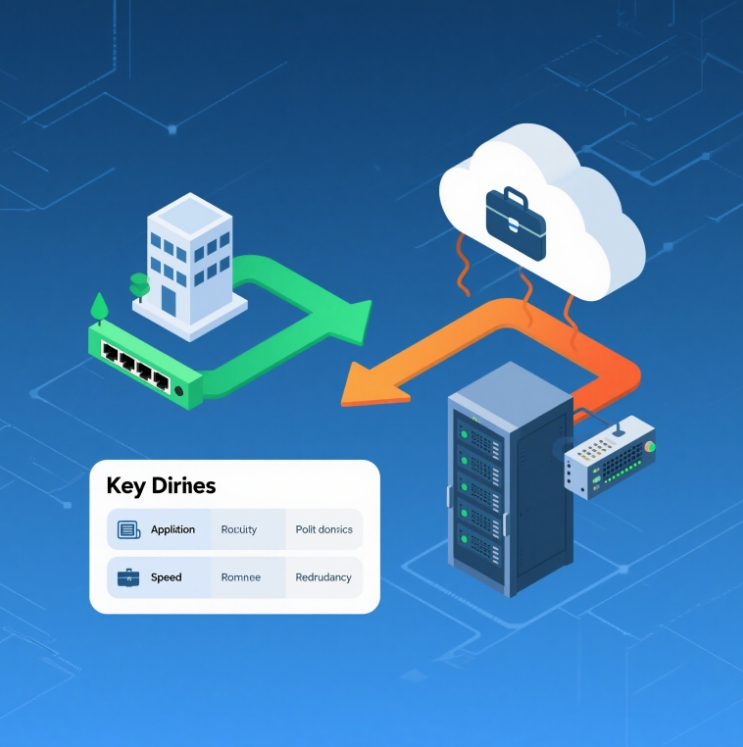
What is a Data Center Switch?
A data center network switch, on the other hand, is purpose-built for large-scale environments, such as data centers that power cloud computing, big data analytics, and high-frequency trading. These switches are designed to manage massive amounts of data traffic with high speed, low latency, and scalability.
Key Functions of a Data Center Network Switch:
Handling Network Core Operations: Manages data traffic between servers, storage devices, and other data center switches.
High Performance: Supports advanced speeds of 10G, 25G, 40G, 100G, and even 400G to process enormous data loads.
Scalability and Fault-Tolerance: Offers high-density ports and redundancy mechanisms to ensure smooth operations as networks grow.
Example:
In a cloud service provider’s data center, data center network switches handle real-time data streams between servers hosting virtual machines, enabling efficient delivery of services like video streaming or virtual AI-powered assistants.
Key Differences Between Enterprise Switches and Data Center Switches
Although they share the same core purpose—facilitating data communication—enterprise switches and data center switches are tailored for different environments. Here’s how they compare:
| Feature | Enterprise Switch | Data Center Network Switch |
|---|
| Primary Use Case | LANs in offices, schools, and SMBs | Scalable networks in data centers |
| Bandwidth | Moderate bandwidth | High to ultra-high bandwidth (up to 400G or more) |
| Scalability | Limited scalability for small to mid-size setups | Supports vast scalability for growing infrastructure |
| Latency | Adequate for most business applications | Ultra-low latency for real-time, data-intensive apps |
| Port Density | Fewer ports per switch | High port density to connect multiple servers/devices |
| Lifespan in Network Growth | Requires frequent upgrades for scaling | Built for long-term use in scalable architectures |
| Redundancy | Basic redundancy features | Advanced redundancy for high availability |
The primary takeaway is that enterprise switches are designed for simplicity and affordability, while data center switches are optimized for performance, scalability, and reliability in high-demand environments.
When to Use an Enterprise Switch?
Enterprise switches are ideal for networks with limited scalability needs and moderate data traffic. Consider an enterprise switch if you:
Run a small-to-medium-sized business with local connectivity demands.
Need to connect basic infrastructure, such as employee desktops, office printers, and phones.
Have predictable workloads and moderate data throughput requirements.
Operate within a single-building campus or small office layout.
Example Use Cases:
Corporate Offices: Networking devices and internet connections for up to several hundred users.
Retail: Connecting point-of-sale systems, inventory management tools, and security systems.
When to Use a Data Center Switch?
For large-scale, high-performance environments, a data center network switch is essential. Choose a data center switch if you:
Operate a data-driven organization with heavy traffic between servers, storage devices, and external networks.
Rely on cloud computing or virtualized workloads that require low latency and high performance.
Require a scalable solution capable of handling exponential network growth.
Need redundancy and fault tolerance for mission-critical workloads.
Example Use Cases:
Cloud Service Providers: Supporting real-time applications for millions of users, like video conferencing or streaming platforms.
AI & Big Data Analytics: Running data-intensive simulations, algorithm training, and real-time decision-making processes.
Why is a Data Center Network Switch Critical for Modern IT?
Modern organizations increasingly rely on data centers to handle workloads like cloud computing, advanced analytics, and machine learning. A data center network switch is critical in such scenarios because:
Performance is Non-Negotiable: Ultra-low latency and high-speed data transfers are essential to real-time applications, such as trading platforms or IoT use cases.
Scalability is Key: As businesses grow their infrastructure, data center switches can easily scale to support more devices and users.
Reliability is Crucial: Advanced redundancy features ensure continuous operations, reducing the chance of downtime and associated losses.
For businesses with high-demand workloads, investing in reliable, high-performance switches like those offered by Lanbras can significantly improve operations. Explore Lanbras's data center switch solutions here.
Choosing the Right Switch for Your Network
When deciding between an enterprise switch and a data center switch, keep the following in mind:
Scale and Complexity: Use enterprise switches for simple, smaller-scale setups, and data center switches for larger, more complex environments.
Current and Future Growth: Data center switches offer room for expansion, while enterprise switches are best for stable networks with limited growth.
Budget: Enterprise switches are cost-effective for smaller setups, while data center switches are a strategic, long-term investment for large-scale network infrastructure.
Workload Requirements: Applications that demand high throughput and low latency, such as AI or cloud computing, require the performance of data center network switches.
Future Trends in Enterprise and Data Center Switches
The world of networking is constantly evolving, with innovations in both enterprise and data center switches. Here are some trends to watch:
Ultra-Fast Networking: Advancements in 400 G+ switches are enabling even faster data transfers.
AI-Driven Switch Optimization: Artificial intelligence is automating data flow management, improving efficiency in both enterprise and data center environments.
Energy Efficiency: Eco-friendly switches designed for lower power consumption are becoming increasingly popular.
Software-Defined Networking (SDN): Both enterprise and data center networks are adopting SDN for easier centralized management and improved flexibility.
Lanbras continues to lead the way in providing cutting-edge data center network switches to meet the evolving needs of businesses.
Conclusion
Enterprise switches and data center switches serve different—but equally important—purposes depending on the scale, complexity, and demands of your network. While enterprise switches are well-suited for smaller setups like office environments, data center network switches are a must-have for organizations managing large-scale IT operations.
When choosing the right switch for your network, consider your current and future needs to make a strategic investment. Ready to scale your infrastructure with confidence? Discover Lanbras's range of advanced data center network switches today!
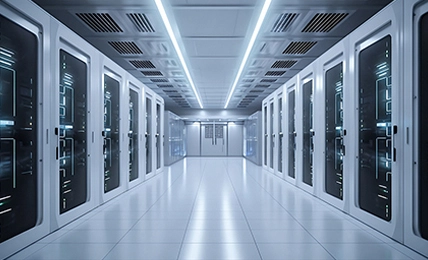 Internet Data Center
Internet Data Center FAQs
FAQs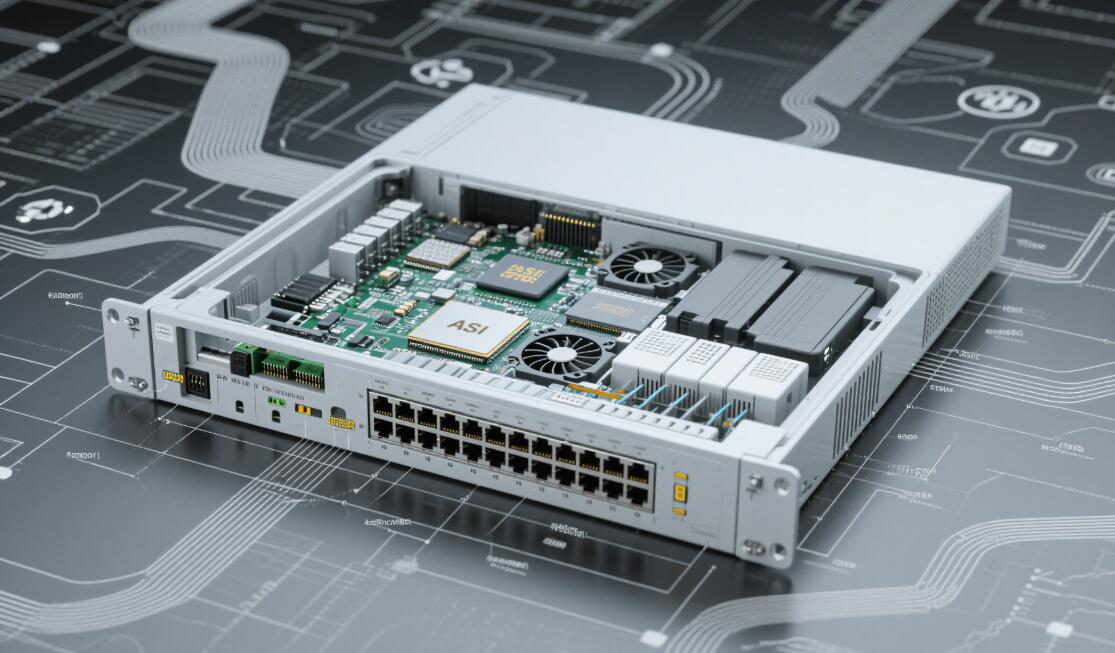 Industry News
Industry News About Us
About Us Data Center Switch
Data Center Switch  Enterprise Switch
Enterprise Switch  Industrial Switch
Industrial Switch  Access Switch
Access Switch  Integrated Network
Integrated Network  Optical Module & Cable
Optical Module & Cable 

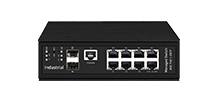

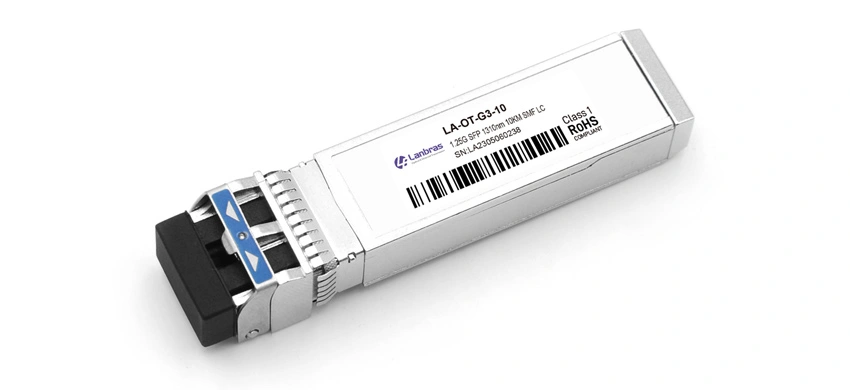
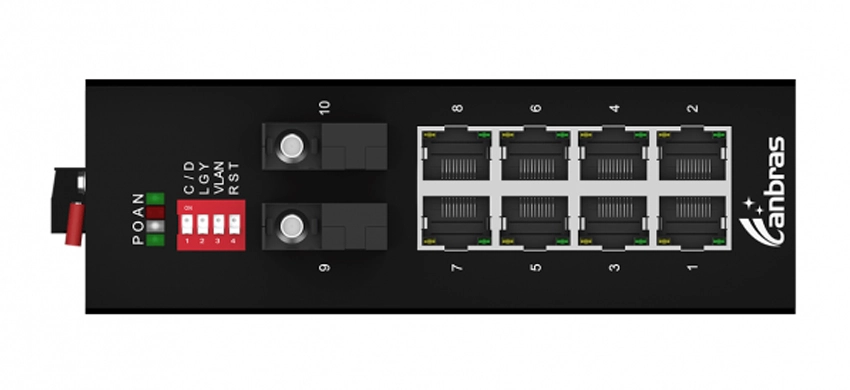


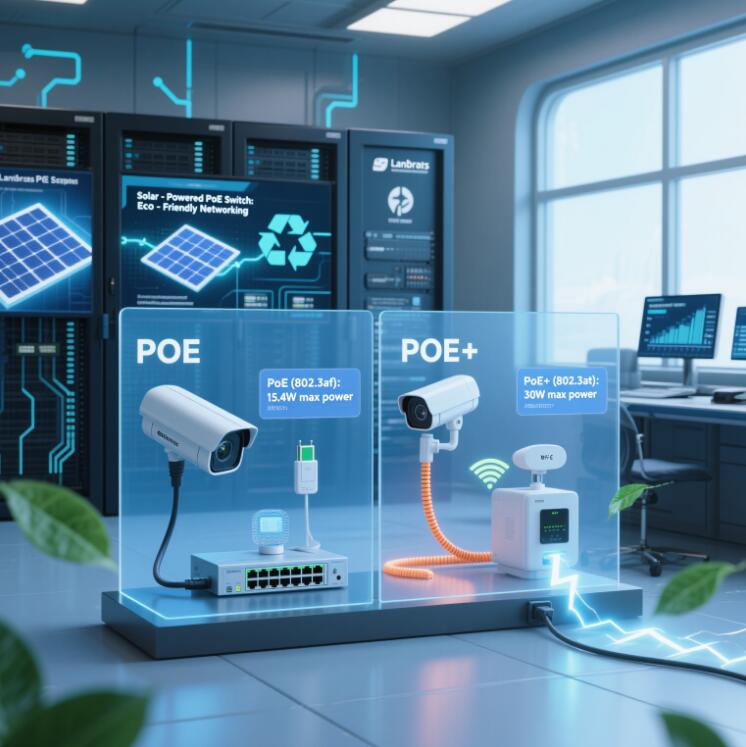
 Call us on:
Call us on:  Email Us:
Email Us:  Room 2106, 3D Building, Tianan Yungu Industrial Park, Xuegang Road No.2018, Bantian, Longgang, Shenzhen, P.R.C.
Room 2106, 3D Building, Tianan Yungu Industrial Park, Xuegang Road No.2018, Bantian, Longgang, Shenzhen, P.R.C.